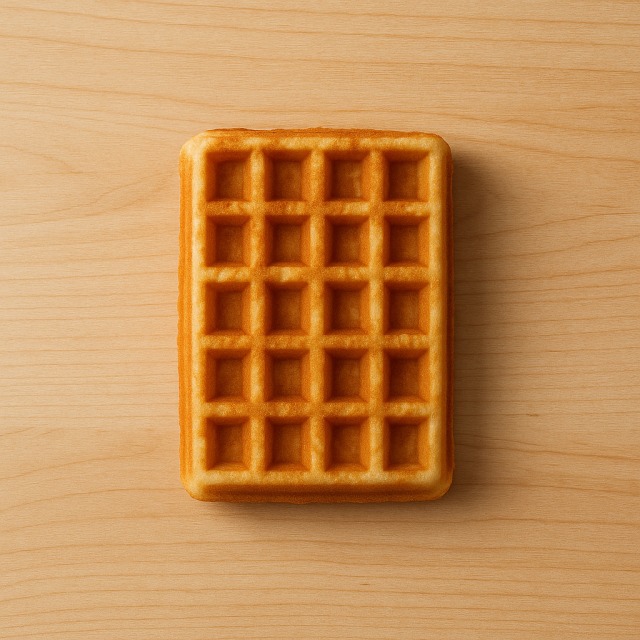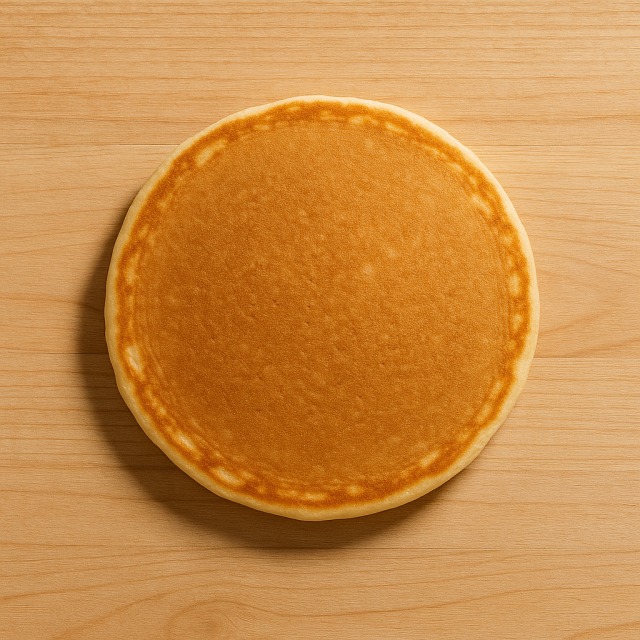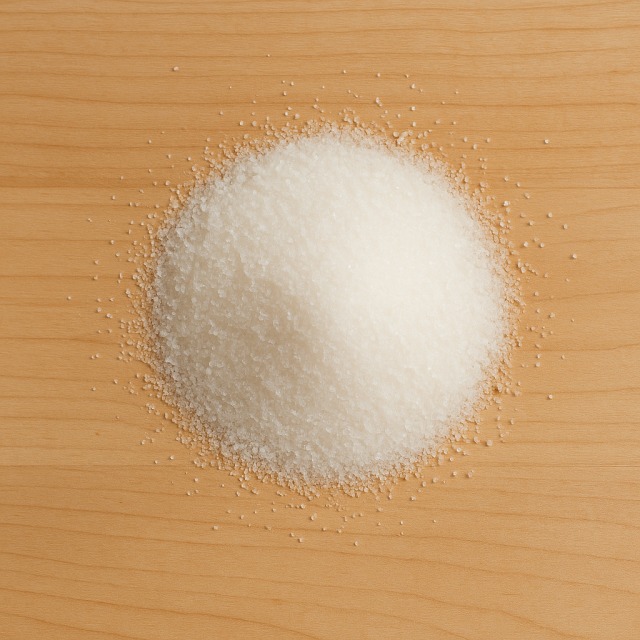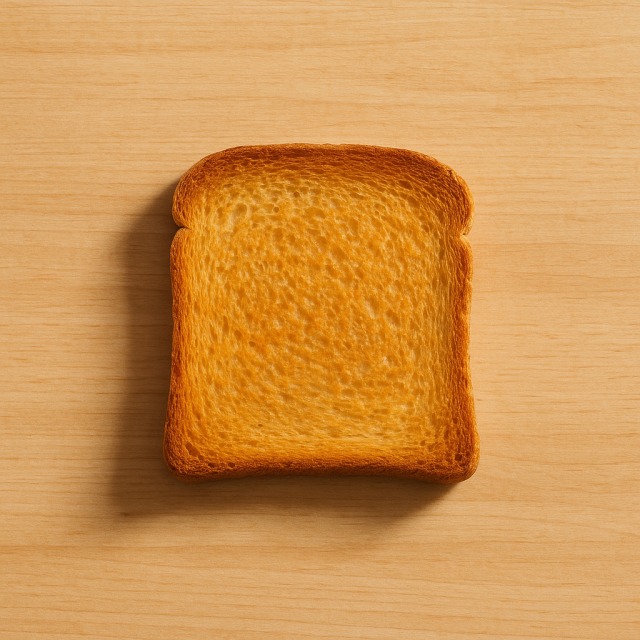Calorie Chart / Breakfast, Snacks / Waffle
How Many Calories Are in Waffle?
Calculation of the nutritional value & Recommended Dietary Intake of waffle
For g and a calorie requirement of kcal
| Calories 150 kcal | Proteins 3 g | Lipids 5.5 g | Carbohydrates 22 g |
| 8% | 4% | 8% | 8% |
Health benefits of waffle

Waffle - 100g
Calories 300 kcal
Proteins 6 g
Lipids 11 g
Carbohydrates 44.5 g
The waffle is an energy-dense pastry and should therefore be classified as a high-calorie food. Despite this generous calorie load, it supplies valuable nutrients. Eggs and milk incorporated into the batter bring vitamin B2 and B12, while wheat flour contributes B1, iron, and a little magnesium. A modest amount of calcium is also present. Even if the calorie content is significant, the combination of fast-acting carbohydrates and a touch of protein can be useful when very quick fuel is needed, for instance, just before endurance training or a long hike.
Controlling calories from toppings is just as important as managing the basic batter calories because syrup, whipped cream, or chocolate can easily double total calories. Historically, waffles date back to medieval Europe: patterned irons were first used by monks to press leavened dough, and the word comes from the Old French "walfre." Modern Belgian Liège and Brussels versions popularized the crisp exterior and airy crumb known today.
Tips for incorporating waffle into a balanced diet
At breakfast, keep calories in check by replacing maple syrup with sliced banana and a dollop of plain yogurt. The natural sweetness of fruit lowers added-sugar calories, while the yogurt boosts protein and calcium, helping the meal stay balanced.
For a light lunch, transform the recipe into a savory dish: fold a handful of grated emmental into the batter, then garnish the cooked waffle with a few ribbons of smoked salmon, lemon zest, and arugula. This version offers satisfying taste yet keeps calories moderate by relying on lean fish instead of cream-based sauces.
If you crave dessert, consider mini-waffles served with a compote of apple and cinnamon. Using fruit purée instead of caramel cuts calories and adds fiber. Remember that adding nuts such as almond will raise calories but also increase healthy lipids and protein—ideal for athletes needing extra energy.
Whatever option you choose, keep an eye on portion size: a single standard waffle can already deliver a substantial share of daily calories, so pairing it with fresh produce or lean protein is the simplest way to maintain overall calorie balance.
Frequently Asked Questions
- How many calories in a waffle?
- 300 kcal per 100 g.
- Are waffle calories different when homemade and industrial?
- Yes. Homemade batter made with butter usually ranges between 250 and 320 kcal per 100 g, whereas some industrial frozen varieties climb above 400 kcal. Always read labels to compare calories.
- Do toppings like chocolate spread greatly increase calories?
- Absolutely. Two tablespoons of chocolate spread can add more than 100 kcal, almost the same calories as half an extra waffle. Choosing fruit purée or a thin layer of honey is a simple way to limit extra calories.
- How can I reduce calories in my waffle batter?
- Replace half the butter with unsweetened apple sauce, use skimmed milk instead of whole, and cut added sugar by one-third. These tweaks can shave 30–40 kcal per waffle without sacrificing taste.
- How many calories will a 30-minute bike ride burn, and is it enough to offset one waffle?
- An average adult cycling at moderate intensity burns around 250–300 kcal in 30 minutes—roughly equivalent to the calories in a plain waffle. Increasing duration or intensity may be required if lots of high-calorie toppings were used.
Similar foods
Information provided by Calorie Menu may contain inaccuracies or errors. It cannot, under any circumstances, substitute medical advice or medication.










